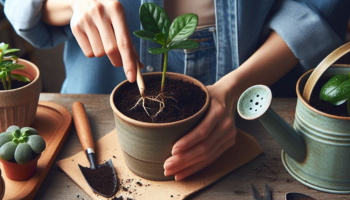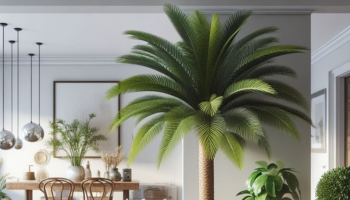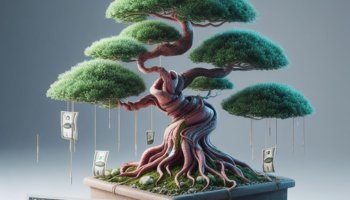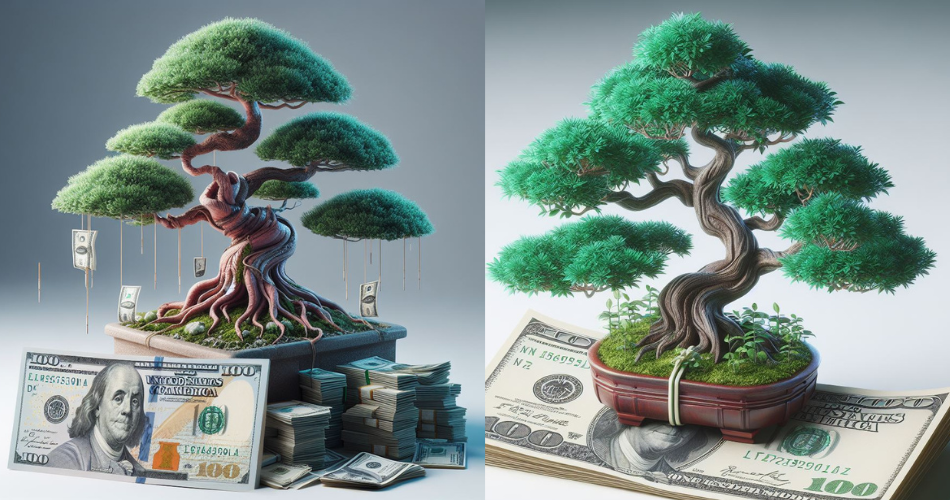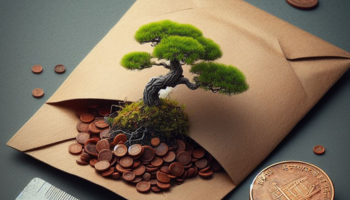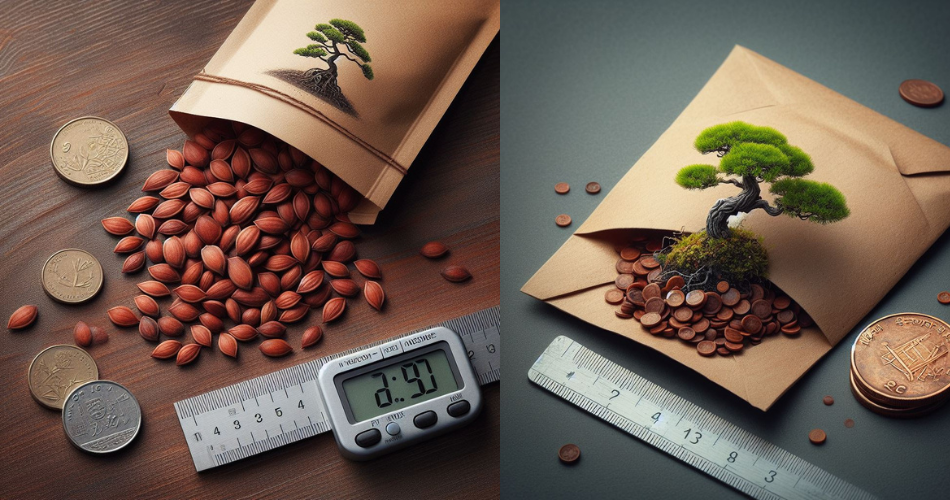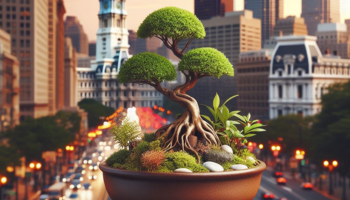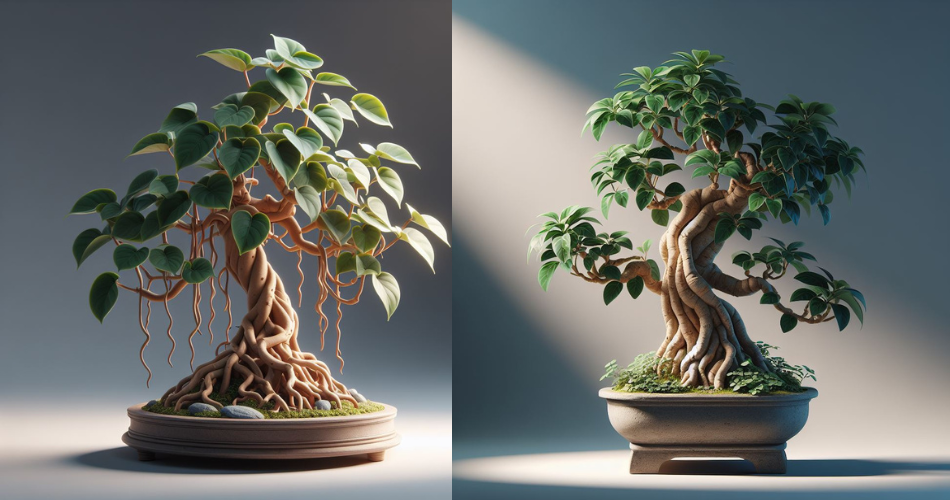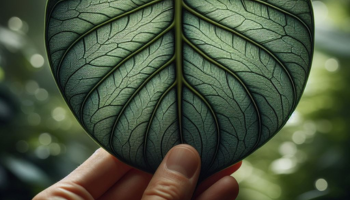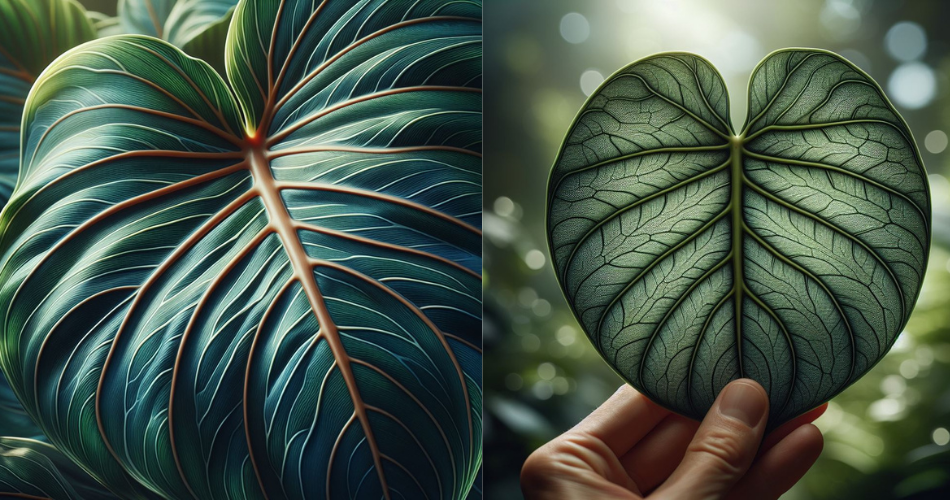
Creating and maintaining a small-sized bonsai tree is a refined art that requires expert techniques and a deep understanding of the delicate balance between nature and cultivation. Bonsai, with its rich history and cultural significance, offers enthusiasts a unique opportunity to develop miniature living masterpieces. In this article, we will delve into the world of bonsai size control, exploring the importance of keeping bonsai trees small, selecting the right species, and mastering essential techniques such as pruning, wiring, and root pruning. We will also discuss maintaining the proper nutrient balance and highlight common mistakes to avoid. Whether you are a seasoned bonsai grower or just starting your journey, this guide will equip you with the knowledge and skills needed to keep your bonsai tree small with expert techniques.
1. Introduction to Keeping Bonsai Trees Small
Understanding the Art and Philosophy of Bonsai
Bonsai trees are not just your average houseplants—they are a symbol of patience, craftsmanship, and a deep connection with nature. The art of bonsai originated in China over a thousand years ago and has since captivated the world with its miniature trees that tell stories of tranquility and balance. Keeping your bonsai tree small is an essential aspect of this ancient art form, as it allows you to create a harmonious representation of nature in a compact space.
Exploring the Benefits of Keeping Bonsai Trees Small
Now you might be wondering, why bother keeping your bonsai tree small? Well, there are several benefits to this size management approach. Firstly, a small bonsai tree fits perfectly into any living space, whether it’s a tiny apartment or a spacious garden. It adds a touch of elegance and greenery without overwhelming the surroundings. Secondly, the smaller size allows for easier maintenance, making it a more accessible option for beginners. Plus, let’s be honest, there’s something undeniably adorable about a little tree that fits in the palm of your hand!
2. Understanding the Importance of Size Control in Bonsai Trees
Why Size Control is Crucial for Bonsai Aesthetics
Size control is vital in shaping the aesthetics of a bonsai tree. By keeping the tree small, you can emphasize its delicate features, intricate branches, and overall balance. A properly sized bonsai tree creates a visual harmony that captures the essence of nature in miniature form. It’s like having a tiny piece of a majestic forest right in your home or garden.
How Size Impacts the Health and Maintenance of Bonsai Trees
Aside from aesthetics, size control also plays a significant role in the health and maintenance of your bonsai tree. By keeping the tree small, you reduce the energy demand on its roots, allowing it to thrive in a confined space. Additionally, regular pruning and trimming involved in size management promote healthy growth, strengthen the tree’s structure, and prevent disease or pest infestations. It’s a win-win situation—keeping your bonsai tree small not only enhances its beauty but also ensures its longevity.
3. Selecting the Right Bonsai Tree Species for Size Management
Popular Bonsai Tree Species Suitable for Size Control
Not all bonsai tree species are created equal when it comes to size management. Some species naturally lend themselves to staying small, making them ideal choices for beginners or those with limited space. Consider popular options such as the Ficus Retusa, Japanese Maple, or Juniper Procumbens Nana, which have naturally compact growth habits.
Factors to Consider When Choosing a Bonsai Tree for Size Management
When selecting a bonsai tree for size management, there are a few factors to consider. Firstly, think about the available space you have—both indoors and outdoors—and choose a tree that fits proportionately. Secondly, consider the climate in your area and select a species that can thrive in those conditions. Lastly, explore different tree shapes and styles to find the one that resonates with you. Remember, bonsai is an art, and personal preference plays a significant role in your choice.
4. Essential Techniques for Pruning and Trimming Bonsai Trees
Understanding the Basics of Pruning and Trimming
Pruning and trimming are the bread and butter of keeping bonsai trees small. Pruning involves removing excess branches, leaves, or roots to maintain the desired shape and size. Trimming, on the other hand, focuses on shaping the branches and foliage to enhance the tree’s overall aesthetic appeal. It’s like giving your bonsai tree a stylish haircut!
Specific Pruning Techniques to Maintain Small Size
To maintain the small size of your bonsai tree, specific pruning techniques come into play. These include directional pruning, which encourages growth in a specific direction, and bud pruning, which promotes shorter internodal length and compact foliage. Additionally, leaf pruning can help control the tree’s overall size by reducing leaf size and density. It’s all about creating a well-proportioned and visually pleasing tree.
When and How Often to Prune and Trim Bonsai Trees
Pruning and trimming are not one-time events but ongoing processes in bonsai tree care. The frequency of pruning and trimming depends on the species and growth rate of your tree. As a general rule, it’s best to prune and trim during the tree’s dormant period, which is typically in late winter or early spring. However, regular maintenance throughout the year, such as removing excessive growth or maintaining the tree’s shape, is also essential. Remember, bonsai trees are living artworks that require your attention and care to thrive.
With these expert techniques for keeping your bonsai tree small, you can create a beautiful and captivating miniature natural wonder. Embrace the art and philosophy of bonsai, and enjoy the tranquility and charm that these miniature trees bring to your life.
5. Utilizing Wiring and Shaping Methods to Maintain Small Size
The Art of Wiring Bonsai Trees for Shape Control
Wiring a bonsai tree is like giving it a mini makeover. By carefully wrapping wire around the branches, you can shape and guide the tree’s growth to maintain its small size. Just think of yourself as a bonsai tree stylist, creating the perfect coiffure for your little green friend. But remember, be gentle with the wire, you don’t want to leave your bonsai feeling like it just stepped out of an 80s hair band video.
Shaping Techniques for Small-Sized Bonsai Trees
Shaping a bonsai tree is an art form that requires patience and a steady hand. Whether you aspire to create a cascading waterfall effect or an elegant windswept look, there are various techniques you can use to shape your small-sized bonsai tree. Just like a sculptor with a block of marble, you have the power to mold your tree into a masterpiece.
Important Considerations for Proper Wiring and Shaping
While wiring and shaping can work wonders for keeping your bonsai tree small, there are a few things to consider to avoid any bonsai faux pas. Make sure not to leave the wire on for too long, as it can dig into the bark and cause damage. Also, be mindful of the tree’s natural growth patterns and try to work with them instead of against them. After all, you want your bonsai to look fabulous, not like it got caught in a wind tunnel.
6. Effective Root Pruning and Repotting Strategies for Size Control
The Role of Root Pruning in Controlling Bonsai Tree Size
Root pruning may sound a bit intimidating, but it’s an essential technique for keeping your bonsai tree small and healthy. By carefully trimming the roots, you can control the size of the tree’s root system, which in turn affects its overall size. It’s like giving your bonsai a little root trim spa day to keep it looking its best.
Step-by-Step Guide to Proper Root Pruning
If you’re ready to take on the role of a bonsai tree root barber, here’s a step-by-step guide to help you out:
1. Gently remove the bonsai tree from its pot.
2. Use sharp pruning shears to carefully trim the outer layer of roots. Think of it as a bonsai tree’s version of a haircut.
3. Trim any long roots or those that are circling around the pot.
4. Repot the bonsai in fresh soil, making sure to position the roots properly.
Remember, root pruning is all about finding the balance between keeping the tree small and maintaining its health. So, go forth and give those roots a trim they won’t forget!
Repotting Techniques to Maintain Small Root Systems
Repotting your bonsai tree is not just about giving it a new home; it’s about keeping those roots in check. When repotting, make sure to remove any excess soil and trim the root ball to maintain a small root system. It’s like giving your bonsai tree a sleek and stylish pot to match its fabulousness.
7. Maintaining a Proper Nutrient Balance for Small-Sized Bonsai Trees
The Impact of Nutrients on Bonsai Tree Size
Nutrients are like the superfood smoothies for your bonsai tree. They provide the necessary fuel for growth, but you have to strike the right balance to keep your tree small. Too many nutrients, and your bonsai might turn into a giant green monster. Too little, and it might wither away like a sad salad. Finding that perfect nutrient equilibrium is the key to maintaining a small-sized bonsai tree.
Choosing the Right Fertilizer for Small-Sized Bonsai Trees
When it comes to fertilizers, not all are created equal. For small-sized bonsai trees, it’s important to choose a fertilizer with a balanced nutrient ratio, specifically formulated for bonsai. So, put away that generic plant food and opt for a fertilizer that understands the unique needs of your bonsai. After all, you wouldn’t feed a supermodel fast food, would you?
Feeding Schedule and Dosage Guidelines for Size Management
Feeding your bonsai tree is like preparing a gourmet meal. You want to provide just the right amount of nutrients at the right time. Feed your bonsai tree according to its specific needs, and be mindful of not over or underfeeding. Follow the feeding schedule and dosage guidelines recommended for your bonsai species, and you’ll have a happy and perfectly sized tree.
8. Common Mistakes to Avoid When Keeping Bonsai Trees Small
Overpruning and Excessive Trimming
Ah, the temptation to go overboard with the pruning shears. We’ve all been there, wanting to shape and trim to our heart’s content. But beware of the bonsai tree’s wrath if you get too scissor-happy. Overpruning and excessive trimming can weaken the tree and hinder its growth. So, resist the urge to go Edward Scissorhands on your bonsai and remember, a little trim goes a long way.
By implementing the expert techniques discussed in this article, you can successfully keep your bonsai tree small and maintain its aesthetic beauty. Remember that size control requires patience, practice, and a deep connection with your bonsai tree. As you continue your journey in the world of bonsai, embrace the artistry and philosophy that surrounds it, and let your small-sized bonsai tree become a living testament to your dedication and craftsmanship. Happy bonsai growing!
FAQs
1. Can any bonsai tree species be kept small?
While most bonsai tree species can be maintained in small sizes, some are naturally more suitable for size control than others. Species such as Japanese Maple, Juniper, and Boxwood are commonly chosen for their ability to adapt to pruning and shaping, making them ideal for keeping bonsai trees small.
2. How often should I prune and trim my bonsai tree?
The frequency of pruning and trimming depends on the specific species, growth rate, and desired shape of your bonsai tree. As a general guideline, pruning and trimming should be done regularly throughout the growing season to maintain the desired size and shape. However, it is important not to overdo it, as excessive pruning can weaken the tree.
3. Is wiring necessary for size control in bonsai trees?
Wiring is not always necessary for size control, but it can be a valuable tool for shaping and guiding the growth of your bonsai tree. Wiring allows you to bend and position branches to achieve the desired design. However, it should be done with caution and removed promptly to prevent wire marks and damage to the tree.
4. Are there any common mistakes to avoid when keeping bonsai trees small?
Yes, there are a few common mistakes to avoid. One is overpruning or trimming, which can weaken the tree and inhibit its growth. Another is neglecting proper root pruning and repotting, as a healthy root system is essential for the overall health and size control of the bonsai tree. Finally, it is important to strike a balance in nutrient application, as overfeeding or underfeeding can impact the size and vitality of the tree.

